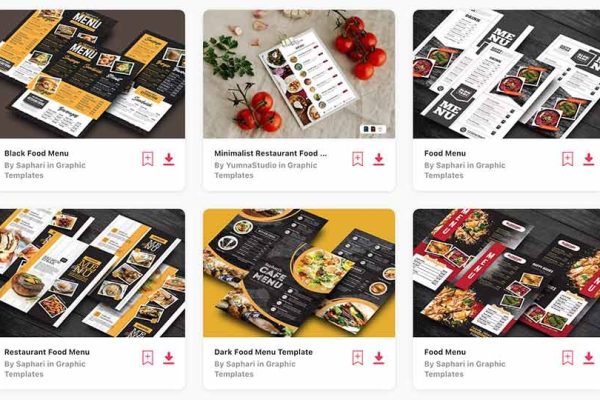Restaurant inventory management software allows restaurant owners to monitor their restaurant’s food costs and COGS. It also displays the variance between planned and actual margins. It has multiple features that include a POS integration and can be integrated with restaurant management software. In addition, inventory management software lets users view reports based on Product Mix Management (PMIX).
Pre-made foods
The use of pre-made foods in restaurants has many benefits. For example, they allow restaurants to offer popular menu items such as soups and appetizers that would be difficult or impossible to make on their own. In addition, these foods tend to taste the same. The same is true for bakery goods, such as cookies and muffins. Although consumers generally expect to see baked goods made from scratch, consumers appreciate the convenience of purchasing pre-made foods from a single source.
Pre-made foods are especially useful when it comes to consistency, since they are prepared in batches in the same way. Ingredients are measured and weighed with accuracy, ensuring a consistent quality for each dish. This consistency can help restaurants attract repeat customers by maintaining a high level of customer satisfaction. However, it is important to note that using pre-made foods in restaurant food will cost you money.
Imported ingredients
Imported ingredients in restaurant food represent a growing segment of the global market. China is one of the world’s largest consumer markets, but the Chinese restaurant market is largely underserved by U.S. food producers. While Chinese cuisine doesn’t typically utilize many ingredients, it is still the nation’s top choice for breakfast and lunch. This market does not utilize Western staples, such as ketchup, Mediterranean spices, or dairy products, so importers of these ingredients are missing out on a growing market.
Imported ingredients can increase the price of ingredients, particularly in the U.S. and Canada. These costs are often passed on to restaurant owners and patrons through higher prices. Ultimately, these higher prices will lead to lower profit margins and possibly even loss of customers.
Bulk warehouse stores
Restaurants need reliable, affordable wholesale food distributors to meet their daily needs. Food trucks are also reliant on such suppliers. Restaurants also need a large variety of fresh meats and snacks, as well as carafes and steak knives. Wholesalers also serve as supercenters and distribution centers, which stock goods for restaurants and other resellers.
Most bulk food suppliers are part of a larger organization. Sysco and US Foods are two of the biggest names in the industry. Their warehouses stock everything from frozen to canned products, meats, pantry staples, and more. Some also carry paper goods, cleaning products, and to-go containers. Most bulk food suppliers provide basic kitchen equipment and can deliver once a week to a small operation, and up to three times a week to large operations.

Local farms
Most restaurant owners say they love using local farms for their restaurant food, but many of them don’t know how to make that connection. One potential solution is to improve communications between local food producers and restaurant buyers. Developing a database of local farms would enable this process and provide information on the market for both farmers and restaurants.
The sales of local agricultural products to restaurants are part of a multi-step distribution chain. In 2008, there were $2.7 billion in sales from local sources to restaurant chains. This is a massive increase from just a decade ago.
Inventory management
Inventory management for restaurant food is an essential part of the restaurant business. It involves maintaining accurate records of the items in stock, as well as tracking usage, dollar value, and overall inventory levels. Managing inventory properly will help you maximize your profit margins and recover any lost profits. To start, you should create an inventory spreadsheet to list all items in your restaurant. This includes all of the food items that you serve, as well as cleaning supplies, dinnerware, and tabletop items. The spreadsheet should also indicate the measurement units for these items. These units vary by the type of item that you sell. For instance, tomatoes may be sold in pounds, while pasta and paper towels may be sold in boxes or cases.
A cloud-based inventory management software, like Simphony, helps restaurateurs track inventory more accurately. This software provides access from any Internet browser, and offers a range of data points that help restaurateurs build reporting dashboards, detect variations, and negotiate better prices. Moreover, it has a task manager, which reduces the time that employees have to spend on administrative tasks. It also has a feature that tracks food waste, so you can know how much of your products go unused.


